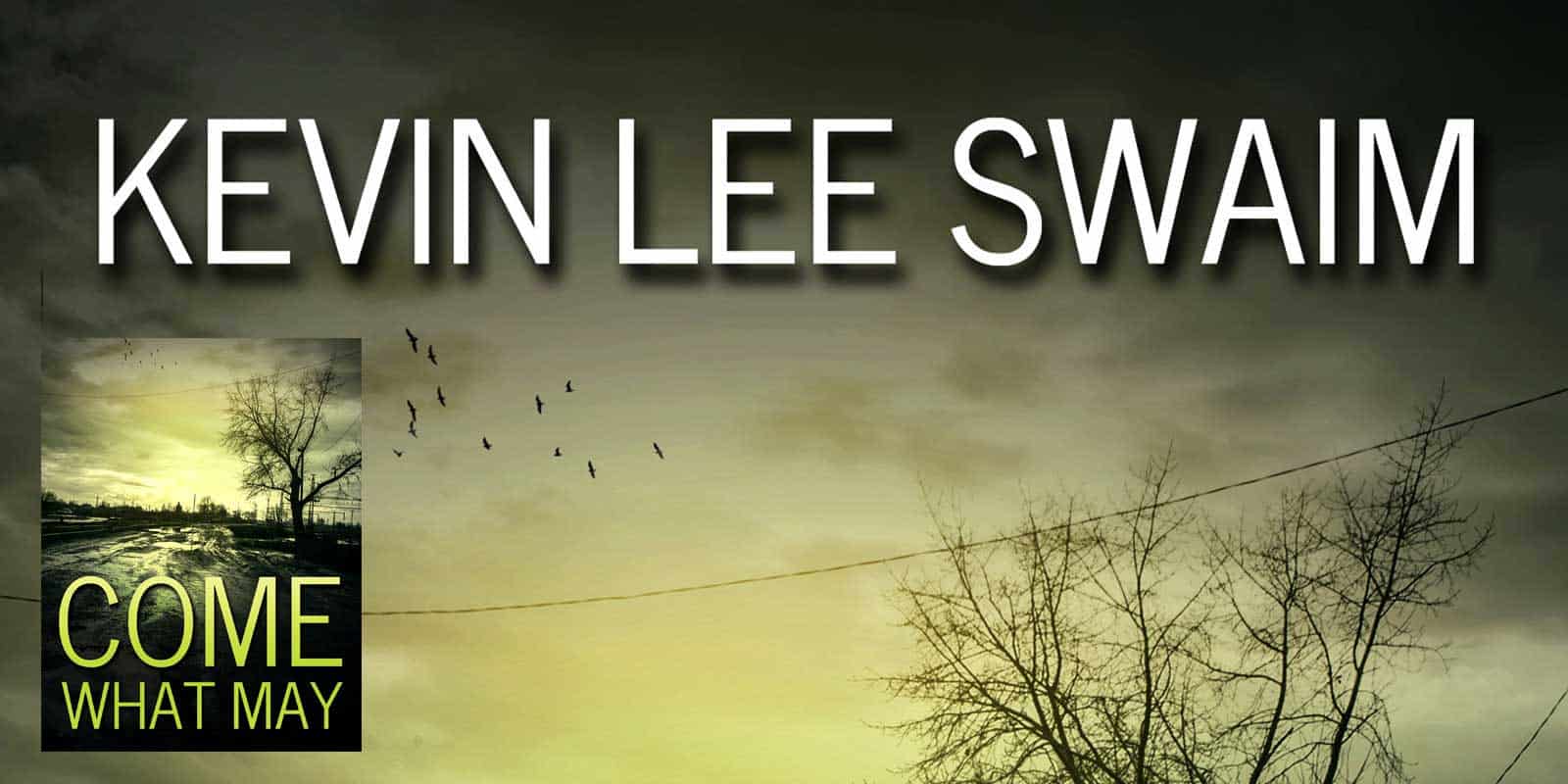
Now I will be the first to admit I’m a bookworm. I read all of the books in our local, small-town library before I was ten. And I do mean all, even Dr. Zhivago. Thus, it only makes sense I ended writing a book or two of my own. When I sat down to write, I wasn’t thinking about how readers would take my stories. Nope. I was focused on what pet peeves I’ve had with various books over the years.
My biggest complaint? Not enough books are written in first person. I don’t want to have a third-party narrator telling me what’s going on. Oh, my goodness, no. I want the main character to tell me what he/she is thinking and feeling. What motivates them to act and how they view the world. Sure, no one wants to read a book with three hundred pages of inner dialogue. However, I find this a fascinating place to start.
My first book, Road Home, was written in first person for this reason. I wanted my readers to feel like they were homeless for a moment or two. What was most fascinating about the experience was how many emails I received asking me how long I’d been homeless. Turns out, as people read the book, they came to believe I was my character. Hate to disappoint, but no, I’ve never been homeless. However, that is the power of using this form of writing.
Then the pandemic hits and I’m up for writing a second book. Okay, here’s the set up. First person narrative, you as the reader are now pulled into Miami, Cuba, and Spain. Ah, but here’s the twist. There are two main characters. Francisco and Stacy. The story flows between what he sees and feels and what she sees and feels. Sometimes the story overlaps as it unfolds. Why? Well, because everyone has different life experiences that color their viewpoint. This is why eyewitnesses almost never report seeing the same thing.
In my book, Road to Freedom, I really pushed the boundaries so that both angles are explored. Two people, a husband and wife, one Spanish/Cuban, the other American. You hear his story, you hear her story, you hear their story. By using both voices, both stories drift together into one.
Yes, I know, this sounds complicated. When I started working on the book, I had a lot of people who told me it wouldn’t work. First person from two viewpoints is a rather tricky thing to pull off. However, it was the only way to make this story happen. Because I wanted to keep the language difficulties of an immigrant as true as possible, I needed to use a lot of Spanish words. Yet, I didn’t want readers to get stuck on all those foreign words and phrases. By flipping between the two characters, there’s still the flavor of Spanish, or more correctly, Spanglish. However, the story is easier to understand because of the two voices.
And as an added bonus, with both characters having a voice, I was able to show the backstory for both. Francisco’s life before his marriage of convenience to Stacy was a life filled with regrets. Stacy’s life was one with a tragedy buried and ignored. These two stories slowly are revealed as the two travel to places Francisco has lived. And you, as the reader, are intimately involved in it all since you have access to the characters private thoughts and feelings.
In addition, with the magic of first person, as you read the story, you get to travel to some amazing locations. The descriptions of places become so much richer when they are being experienced firsthand by the main characters. Oh, how I love getting emails from readers saying they can’t wait to travel to Teror or Madrid or, a brave few, Havana. Because they know when they get there, these places will be familiar to them because they’ve already been there in their mind’s eye.
So please, don’t ever ask me to write in any other voice. For me, it’s first person or nothing. However, no, I’m not my characters! They are the work of my very active imagination.
Happy reading.
Leigh has spent the better part of the last thirty years involved in homeless and poverty advocacy in one way or another. While she’s new to writing, she not finished by far, as many other authors also wrote their first book after the age of forty. Leigh loves to travel, paint, read, and hike. You never know where she’ll end up next, for she’s on her own journey of discovery.
If you visit her website leighlincolnauthor.com, you can sign up for her newsletter and get an exclusive short story.

















Hi Leigh, I tried to subscribe to your newsletter but when I fill it all out, the subscribe button is in shadow and won’t let me subscribe. Help, please. Thank you. Ann
I have the opposite problem. The I-I-I, me-me-me grates on my nerves. I know I probably miss out on a lot of good books that way, but I have to draw the line somewhere. Weeding out First Person novels is my filter. Sorry!